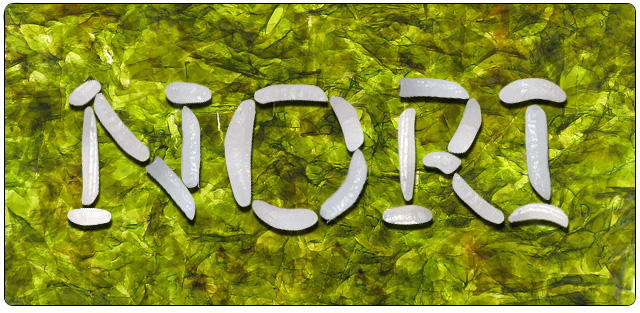
Nori 2 an educational ray tracer
About
Nori 2 is a minimalistic ray tracer written in C++. It runs on Windows, Linux, and Mac OS and provides a foundation for the homework assignments in the course Image Synthesis taught at ETH Zürich.
While Nori provides much support code to simplify your development work as much as possible, the code that you will initially receive from us does very little: it loads a scene and saves a rendered image as an OpenEXR image—but the actual rendering code is missing, hence the output image just consists of black pixels. Your task will be to extend this system to a full-fledged physically-based renderer as part of programming assignments and your final project.
Core features
The Nori base code provides many features that would be tedious to implement from scratch. The following are included:- A simple GUI to watch images as they render
- An XML-based scene file loader
- Basic point/vector/normal/ray/bounding box classes
- A pseudorandom number generator (PCG32)
- Support for saving output as OpenEXR files
- A loader for Wavefront OBJ files
- An optimized bounding volume hierarchy builder
- Ray-triangle intersection
- Code for multi-threaded rendering
- Image reconstruction filters
- Statistical \(\chi^2\)- and \(t\)-tests to verify sampling code
Guidelines
Permissible sources of information
Feel free to consult additional references when completing projects, but remember cite them in your writeup.
When asked to implement feature \(X\), we request that you don't go and read the source code of the implementation of \(X\) in some other renderer, because you will likely not learn much in the process. The PBRT book is excluded from this rule. If in doubt, get in touch with the course staff.
References
You may find the following general references useful:
- "Physically Based Rendering, Second Edition: From Theory To Implementation" by Matt Pharr and Greg Humphreys. Morgan Kaufmann, 2nd edition, July 2010.
- "Advanced Global Illumination" by Philip Dutré, Philippe Bekaert, and Kavita Bala. AK Peters, 2nd edition, August 2006.
- "Robust Monte Carlo Methods for Light Transport Simulation ", PhD Thesis by Eric Veach, Stanford University, December 1997.
Late submissions are subject to the grading scheme as discussed in the first lecture. The goal of these exercises is to help you create the foundation of a good renderer for subsequent assignments and the rendering competition. It is your job to convince us that you have implemented the assignments correctly, through the information provided in your reports and the quality/readability of your code. We will deduct points for poorly written code or inconclusive comparisons/validations in your report. Make sure to start working on the homework as early as possible. Building your own advanced renderer is a lot of fun. Use this great opportunity, and don’t forget to have fun!
What to submit?
The complete codebase with your solution and source files, but NO binaries. An html file named firstname-familyname-report.html using this template. Include the following:
- Structure your report using the same numbers and titles as given in the assignment
- For every task include all task specific images you generated in a format that is viewable within a web browser. You can use HDRI Tools, or photoshop to tonemap you images and save them as jpgs or pngs. We recommend tonemapping your images by just changing exposure and using a gamma of 2.2.
- Include descriptions of encountered problems, a list of external libraries that you used and the time you spent on each task.
Comments
We would appreciate any comments or criticism to improve the projects in future years. This section of the overview document will not be graded. Examples of information that is useful to us includes:
- How much time did you spend on the assignment? How was it divided between designing, coding, and testing?
- What advice should we have given you before you started?
- What was hard or surprising about the assignment?
- What did you like or dislike? What else would you change?